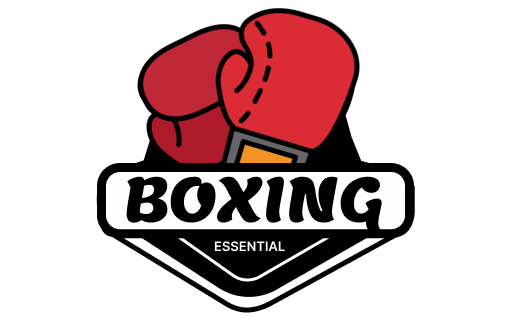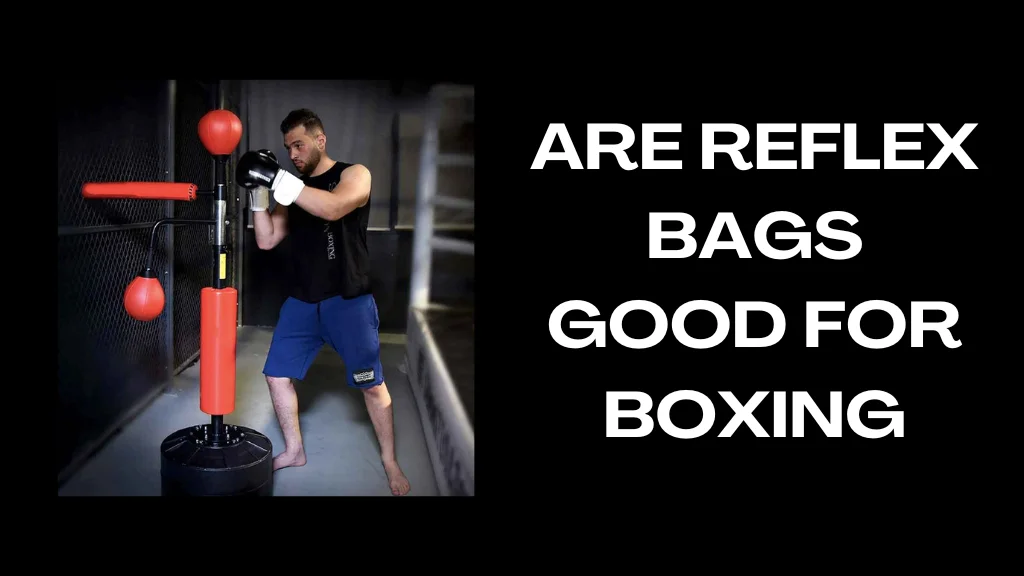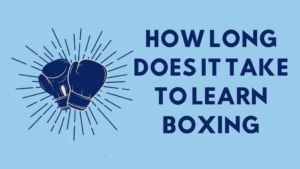Boxing is a sport that demands not only physical strength but also precision and agility. In becoming a skilled and formidable boxer, athletes constantly seek practical training methods. One such tool gaining popularity is the reflex bag. But are reflex bags good for boxing? Let’s delve into reflex bags, exploring their benefits, types, and how they can elevate your boxing game.
Benefits of Reflex Bags in Boxings
The benefits of Using Reflex Bags in Boxing are as follows:
Improved Hand-Eye Coordination
In the realm of boxing, precision and timing are paramount. Incorporating reflex bags into your training regimen offers a unique advantage by significantly enhancing hand-eye coordination. The unpredictable movements of the bag demand a keen focus, requiring boxers to time their punches with accuracy. This hones their coordination skills and cultivates a level of precision crucial in the ring.
Enhanced Reflexes and Reaction Time
Reflex bags are more than just a training tool; they simulate a real opponent’s dynamic and unpredictable movements in a boxing match. Regularly engaging with these bags translates to improved reflexes and sharpened reaction times. As every punch thrown at the reflex bag demands a swift response, boxers adapt to the fast-paced nature of real-world boxing scenarios. The result is a boxer who reacts with speed and precision, a formidable asset in any match.
Cardiovascular Benefits
Beyond skill enhancement, reflex bag workouts contribute significantly to cardiovascular health. Constant movement and engagement in various muscle groups create an intense and dynamic cardiovascular exercise. This promotes better overall fitness and ensures that boxers are in prime cardiovascular condition, which is crucial for enduring the rigorous demands of a boxing match. Engaging with reflex bags becomes more than skill development; it becomes a holistic approach to physical well-being.
Types of Reflex Bags
Understanding the nuances of different reflex bags is crucial for tailoring your training experience to your needs. Let’s explore the distinct features of three main types: Spring-Mounted Reflex Bags, Freestanding Reflex Bags, and Double-End Reflex Bags.
Spring-Mounted Reflex Bags
Designed for the advanced boxer seeking a challenge, spring-mounted reflex bags offer a unique training experience. With each strike, these bags are attached to a spring, providing a rapid and unpredictable rebound. The erratic movements demand quick reflexes and precise timing, making them ideal for those looking to elevate their skill set to new heights.
Freestanding Reflex Bags
For beginners stepping into the world of reflex bag training, freestanding reflex bags are the perfect starting point. These bags are mounted on a stable base and offer a controlled and less unpredictable movement. This controlled environment allows beginners to focus on developing their coordination and reflexes without the added challenge of an unexpected rebound. As skills progress, boxers can transition to more advanced reflex bag types.
Double-End Reflex Bags
Hanging from both the ceiling and the floor, double-end reflex bags provide a realistic and challenging target. The movement of these bags simulates the evasive maneuvers of a real opponent in a boxing match. Boxers can practice precision and accuracy by targeting the bag as it moves in unpredictable patterns. Double-end reflex bags offer a dynamic training experience suitable for fighters of all levels, from beginners to seasoned professionals.
Choosing the Right Reflex Bag
Selecting the right reflex bag is a pivotal decision that can significantly impact the effectiveness of your training. Consider the following factors to ensure your chosen reflex bag aligns seamlessly with your skill level and training goals.
Consideration of Skill Level
For those venturing into reflex bag training for the first time, a freestanding reflex bag is the ideal starting point. This bag type’s controlled and less unpredictable movement allows beginners to focus on developing fundamental skills, such as hand-eye coordination and reflexes, without the added complexity of an erratic rebound.
Seasoned boxers seeking a more challenging workout can opt for spring-mounted or double-end reflex bags. The quick and unpredictable rebound of spring-mounted loads and the realistic target simulation of double-end loads provide advanced boxers with the dynamic challenges needed to refine and push their skills to the next level.
Size and Weight of the Bag
The size and weight of the reflex bag play a crucial role in tailoring your training experience to specific goals.
- Lighter Bag for Speed Training: Opt for a more lightweight reflex bag if your primary focus is on speed and agility. This allows for swift and responsive movements, perfect for honing your quick reflexes and enhancing your overall boxing speed.
- Heavier Bag for Strength Development: A heavier bag is the preferred choice for those looking to incorporate strength development into their reflex bag training. The resistance provided by a heavier load challenges your muscles, contributing to enhanced strength and power in your punches.
Adjustability and Customization
To maximize the effectiveness of your reflex bag workouts, look for bags with adjustable features.
- Adjustable Height: Ensure the reflex bag’s height is customizable to accommodate your stature and training preferences. This feature is essential for maintaining proper punching technique and targeting accuracy.
- Customizable Rebound Options: Bags with customizable rebound options add another layer of versatility to your training. Tailoring the bag’s movement to your needs ensures a personalized and practical workout experience.
Reflex Bags vs. Traditional Heavy Bags
As you progress in your reflex bag training journey, it’s essential to understand the distinctions between reflex bags and traditional heavy bags. Each serves a unique purpose, and knowing when to leverage each type will enhance the comprehensiveness of your training.
Impact on Technique Improvement
Reflex bags stand out in their ability to hone specific aspects of your boxing technique. While heavy loads are excellent for power training and building strength, reflex bags excel in refining precision, agility, and overall design. The unpredictable movements of the reflex bag demand focused and accurate strikes, contributing to a more nuanced and skillful boxing style.
Stress on Joints and Muscles
One notable advantage of reflex bags is their reduced stress on joints and muscles compared to traditional heavy loads. The dynamic movements of the reflex bag distribute impact more evenly, making them suitable for extended training sessions without undue strain. This characteristic promotes a more sustainable training routine and minimizes the risk of overuse injuries.
On the other hand, traditional heavy bags remain unmatched regarding power training. The resistance provided by a heavy load is instrumental in building strength and power in your punches. While heavy bag workouts contribute to overall conditioning, they may exert more force on joints and muscles, necessitating a balanced approach to your training regimen.
Reflex Bags for Different Skill Levels
Understanding the appropriate approach to reflex bag training for your skill level is crucial in optimizing its benefits. Let’s explore specific recommendations for beginners, intermediate boxers, and advanced fighters:
Beginners
For beginners, the key is to establish a solid foundation. Begin with basic reflex bag drills focusing on fundamental movements and punching techniques. This allows you to familiarize yourself with the bag’s dynamics and build confidence in your abilities.
As you become more comfortable with the reflex bag, gradually increase the complexity of your exercises. Introduce variations in movement, incorporate different punches, and challenge yourself to enhance your coordination and reflexes. This gradual progression ensures a smooth transition from foundational skills to advanced techniques.
Intermediate Boxers
Intermediate boxers should leverage their skills by challenging themselves with more advanced reflex bag drills. Introduce faster and more unpredictable movements to simulate real-world scenarios. This phase is about refining your technique, improving reaction time, and building on the foundation laid during the beginner stage.
Advanced Fighters
For advanced fighters, reflex bag training becomes an opportunity to fine-tune specific aspects of their game. Incorporate specialized reflex bag techniques that mimic the nuanced movements in the ring. This might include intricate combinations, defensive maneuvers, or advanced footwork drills. The goal is to maintain peak performance by addressing specific areas of improvement and continuously pushing the boundaries of your skill set.
Incorporating Reflex Bags in Home Workouts
Bringing reflex bag training into the comfort of your home requires thoughtful consideration and preparation. Here’s a guide to seamlessly integrate reflex bags into your home workouts:
Space Requirements
Select a location with ample space for free movement around the reflex bag. Ensure that there are no obstacles or hindrances that could impede your training. This open environment allows you to perform various drills and maneuvers, optimizing the benefits of reflex bag workouts.
Ensure a Safe and Clear Training Area
Safety is paramount. Before each session, confirm that the training area is clear of potential hazards. Remove objects that may pose a tripping or collision risk, creating a safe and secure space for your reflex bag workouts.
Setting Up a Training Area
Proper setup is crucial for stability and safety during workouts. Ensure the reflex bag is securely anchored to its base or mounting point. A stable reflex bag minimizes the risk of tipping over during intense training sessions, providing a secure platform for effective workouts.
Conclusion
In conclusion, reflex bags are a valuable asset to a boxer’s training regimen. From improving hand-eye coordination to providing an effective cardiovascular workout, these bags offer diverse benefits. Whether you are a beginner or an advanced fighter, incorporating reflex bag training can elevate your boxing skills.
FAQs
Are reflex bags suitable for beginners?
Absolutely! Freestanding reflex bags are particularly suitable for beginners, providing a controlled and less unpredictable movement.
Can reflex bags replace heavy bag workouts?
While reflex bags improve technique, heavy bag workouts are essential for power training. It’s advisable to incorporate both into your routine.
How often should I use a reflex bag for optimal results?
Consistency is key. Aim for at least 2-3 weekly sessions to see noticeable improvements in your skills.
Related Post:
- Are Inflatable Boxing Bags Worth It
- Are Reflex Bags Good for Boxing
- How Long Does It Take to Learn Boxing




